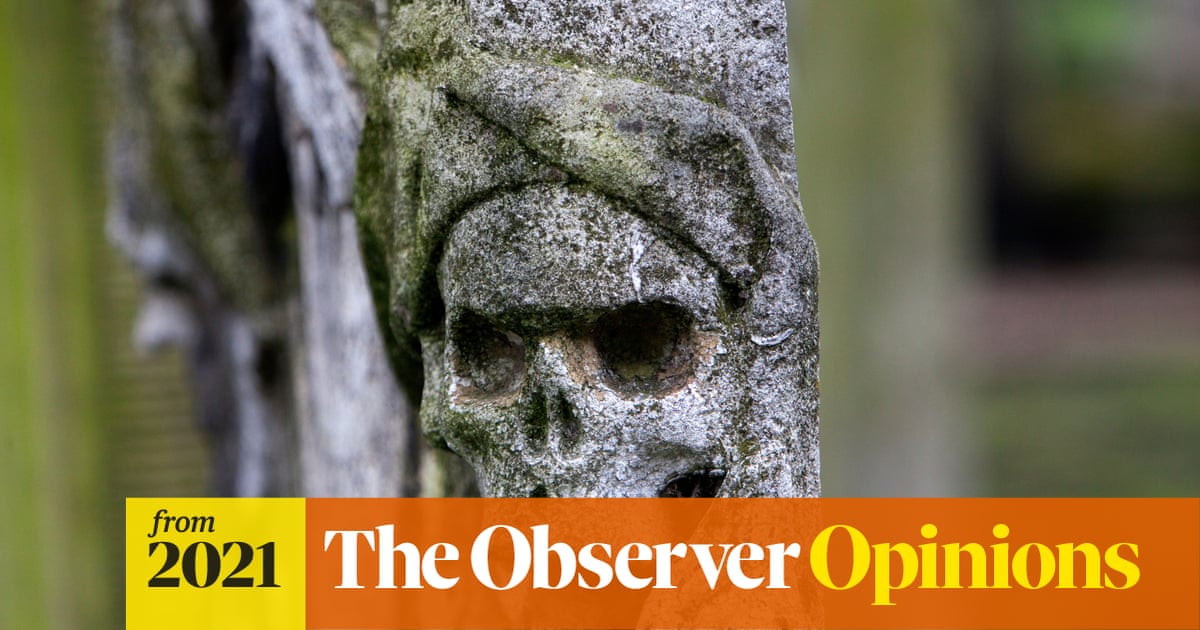Northerner
Admin (Retired)
- Relationship to Diabetes
- Type 1
Bunhill Fields burial ground contains the relics of John Bunyan, William Blake and Daniel Defoe. Of import to statisticians is the tomb of the Rev Thomas Bayes, Presbyterian clergyman from Tunbridge Wells, who died 260 years ago. He is famous for his work on conditional probabilities, which concern the chance of one event occurring, given another event has happened.
Take lateral flow tests. The conditional probability of getting an (incorrect) positive result (call this A), given you are not infected (B), is less than one in 1,000. That rate is very low. Bayes’s theorem shows how to calculate what we really want: the conditional probability you are not infected (B), given you have a positive test (A). In that case, you would be isolating with no benefit. Unintuitively, when the virus is rare and there are very few “true positives”, this probability can be high. Currently in secondary schools, around three in 10 positive lateral flow tests turn out to be false.

 www.theguardian.com
www.theguardian.com
Take lateral flow tests. The conditional probability of getting an (incorrect) positive result (call this A), given you are not infected (B), is less than one in 1,000. That rate is very low. Bayes’s theorem shows how to calculate what we really want: the conditional probability you are not infected (B), given you have a positive test (A). In that case, you would be isolating with no benefit. Unintuitively, when the virus is rare and there are very few “true positives”, this probability can be high. Currently in secondary schools, around three in 10 positive lateral flow tests turn out to be false.

Covid, false positives and conditional probabilities... | David Spiegelhalter and Anthony Masters
An 18th-century clergyman’s legacy is central to understanding the pandemic
